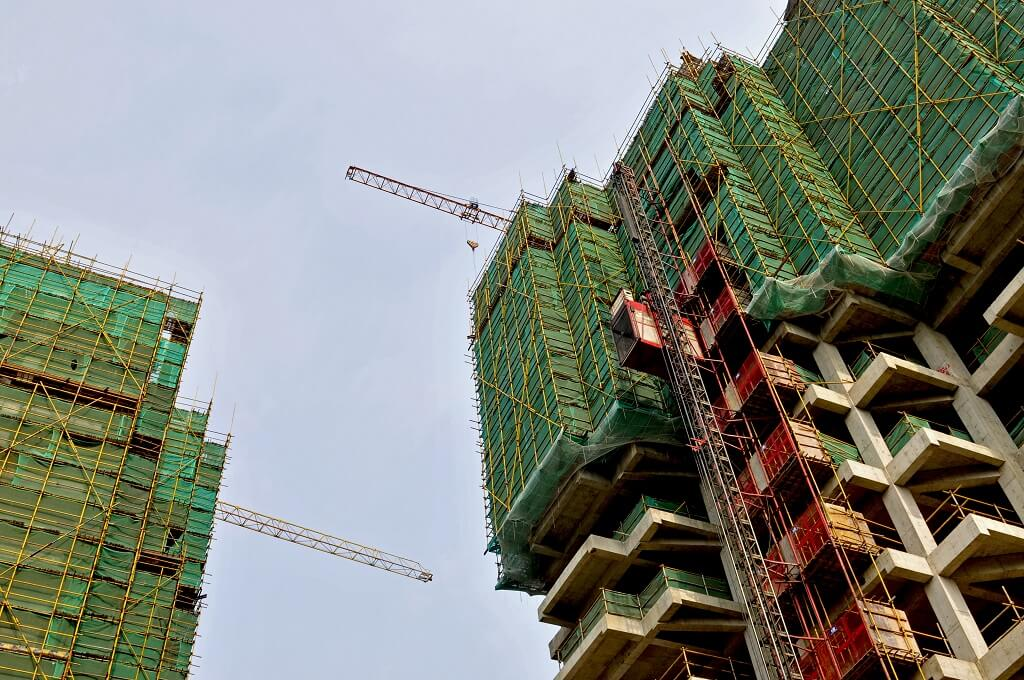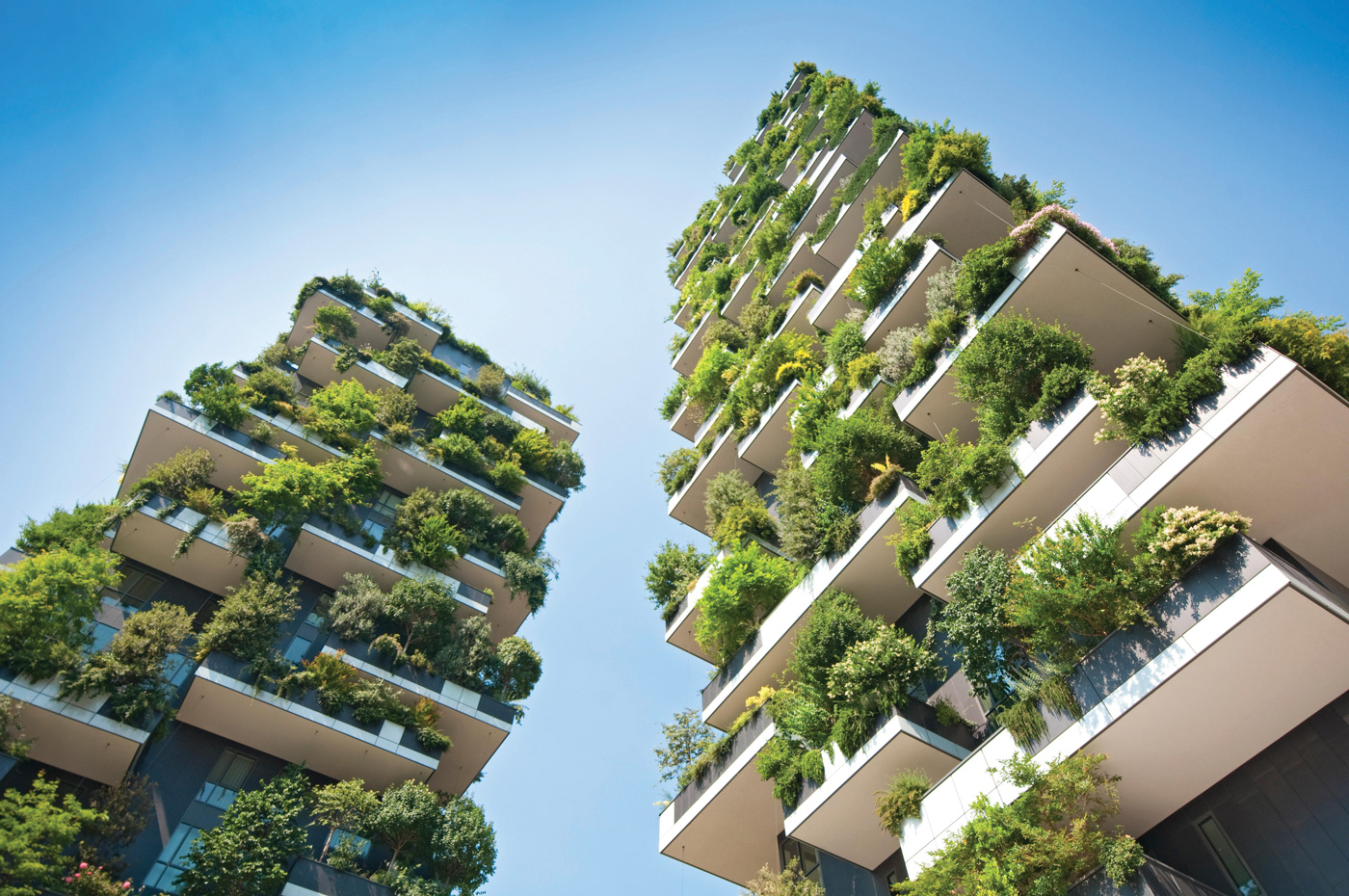Insights for Sustainable Practices in Multifamily Construction by Kanat Sultanbekov
The Environmental Protection Agency defines
sustainable construction as the practice of creating structures and using
processes that are environmentally responsible and resource-efficient
throughout a building's lifecycle, from siting to design, construction,
operation, maintenance, renovation, and deconstruction. According to Kanat
Sultanbekov, this approach aims to minimize the negative impact on the
environment while maximizing resource efficiency and long-term benefits.
Sustainable construction practices not only contribute to a healthier
environment but also help conserve resources for future generations. We can
build a more resilient and eco-friendly infrastructure that aligns with the
principles of environmental stewardship and long-term viability by prioritizing
sustainability in construction.friedmanrealestate.com
Utilizing Renewable and Recyclable
Materials
When considering materials for your projects,
you can opt for sustainable choices such as bamboo, recycled steel, and
reclaimed wood. By choosing these eco-friendly materials, you reduce the demand
for new resources and minimize waste, contributing to a more environmentally
conscious approach in your endeavors.
Minimizing Embodied Energy
Consider selecting building materials with
lower energy-intensive production processes, like using sustainable options
that require less energy during manufacturing. For example, opting for locally
sourced materials not only supports the community but also reduces the energy
consumed in transportation, contributing to a more eco-friendly construction
approach, adds Kanat Sultanbekov.
Designing Energy-Efficient Buildings
Implementing energy-saving features, such as
proper insulation, energy-efficient windows, and passive solar design, plays a
crucial role in reducing energy consumption throughout the building's
lifecycle. These sustainable construction practices not only help in lowering
utility costs but also contribute to a greener environment by minimizing the
building's carbon footprint. We can create more energy-efficient structures
that benefit both the occupants and the planet by focusing on sustainable
building methods.
Reducing On-Site Waste
Efficient construction practices play a
crucial role in waste reduction in the building industry. The utilization of
prefabrication and modular construction techniques not only enhances efficiency
but also significantly reduces on-site material waste, contributing to a more
sustainable approach to construction projects.
Protecting Natural Habitats
During the construction phase, it is crucial
to minimize disturbances to ecosystems and habitats. Implementing specific
measures such as creating buffer zones, using eco-friendly construction
materials, and conducting surveys to identify and protect local flora and fauna
can help maintain the delicate balance of the environment, notes Kanat
Sultanbekov.
Exploring Alternative Sustainable
Materials
You can explore innovative construction
materials such as rammed earth, hempcrete, and mycelium-based composites. These
sustainable alternatives not only offer creative solutions but also contribute
to reducing environmental impact.
Adopting Just-In-Time Production
Approach
Implementing lean construction practices is a
strategic approach that aims to streamline processes, minimize excess
inventory, and reduce waste in construction projects. By optimizing workflows
and enhancing efficiency, organizations can achieve cost savings, improve
project timelines, and contribute to a more sustainable construction industry,
adds Kanat Sultanbekov.
Employing Alternative Construction
Methods
Consider innovative techniques such as
modular construction, a method that involves assembling prefabricated units
off-site and then transporting them to the construction site for final
assembly. This approach not only reduces construction time and waste but also
enhances efficiency and sustainability in the building process.
Utilizing Rainwater Harvesting
Utilize harvested rainwater as a sustainable
practice during construction to decrease dependency on municipal water sources.
This eco-friendly approach not only conserves resources but also promotes
environmental responsibility.
Transitioning to Digitalization
Consider transitioning from traditional paper
blueprints to digital tools to reduce paper consumption and enhance efficiency
in the design process.
By incorporating these sustainable practices
into our projects, we can develop eco-friendly structures that not only promote
a healthier environment but also contribute positively to the well-being of our
communities; Kanat Sultanbekov points out. This harmonious blend of
environmental consciousness and community welfare sets the stage for a brighter
and more sustainable future for all.
Kanat Sultanbekov is an experienced construction manager with 15+ years of expertise in the industry. His mission is to use his knowledge and experience to help people get the best possible results on their projects while ensuring safety and cost efficiency. Through risk assessment techniques, Kanat has become a master of project management and cost control. He also holds prestigious certifications from The Wharton School Aresty Institute of Executive Education at the University of Pennsylvania and Harvard Business School. Kanat believes that everyone deserves quality workmanship, which he strives for with every individual project by providing unique value for each customer. His commitment to excellence extends beyond professional life – he is an active supporter of the American Childhood Cancer Organization (ACCO) and The Good Dog Foundation (TGDF).





Comments
Post a Comment